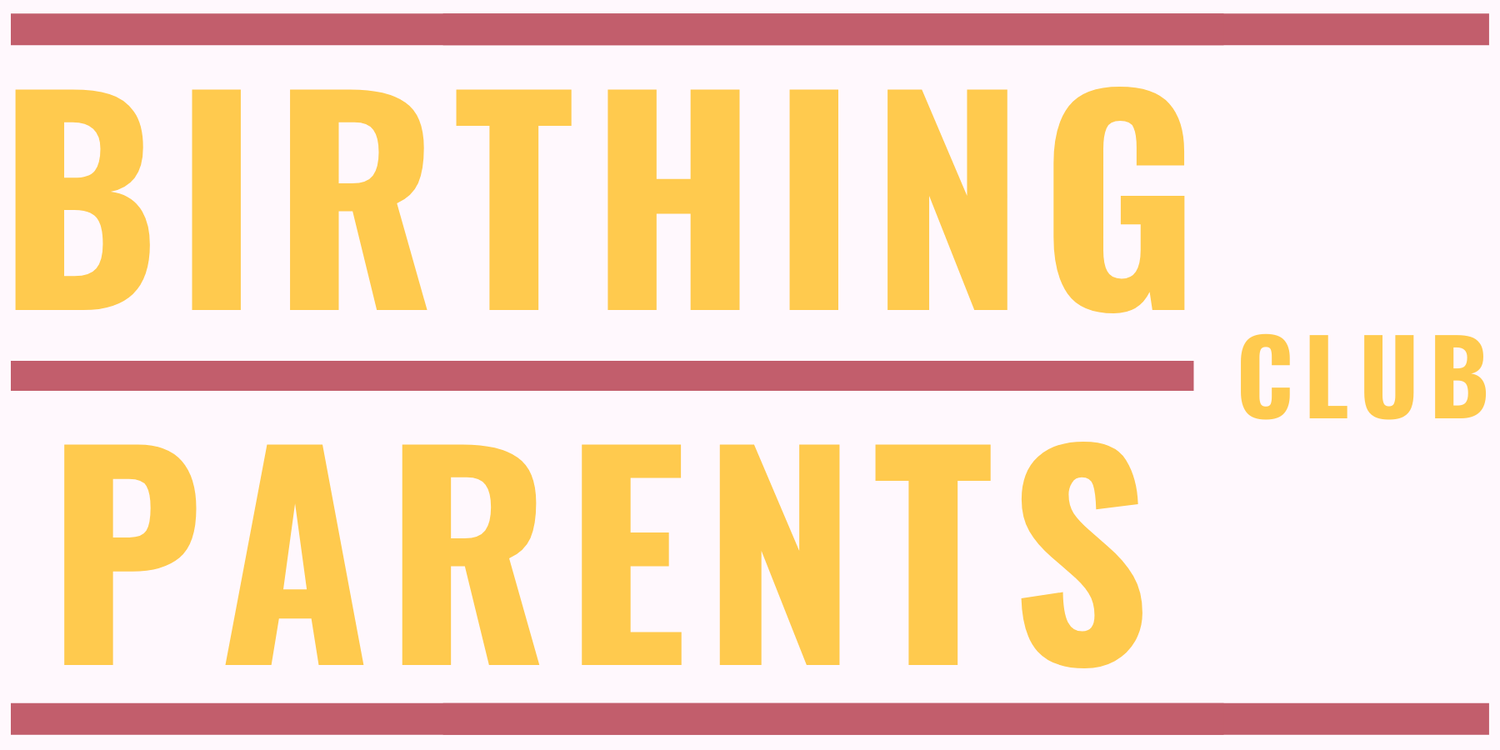Perineal Massage
Perineal Massage: Worth the hassle or just a pain in the bum?
Let’s start with the what - what the hell is perineal massage? It’s exactly what it says on the tin - massaging your perineum (the tissue between the opening of your vagina and your anus).
Over the last few years this practice has grown in popularity and is recommended in the final weeks of pregnancy, with the aim of helping the body to stretch more easily during birth. There is some evidence to show that it increases the elasticity of the perineal tissue as well as increasing blood flow to the perineum. One study from 2013 showed that perineal massage, only once or twice a week for 5 minutes reduced the risk of perineal trauma, particularly episiotomies.
If you want to give it a go, it’s worth trying after a shower or bath. The warm water will help the flexibility of your tissues and you may also feel more relaxed in yourself. And short fingernails are a must!
Use a lubricant or plant based oil and gently apply pressure to the wall of the vagina, where it meets the perineum. Use a u-shaped movement to try to stretch the tissues; massaging for a minute or so then pausing and repeating the process 2-3 times. Ideally you want to practice for between 5 and 10 minutes, a few times a week from around 34 weeks of pregnancy.
Some people find it quite tricky to find a position that’s comfortable for perineal massage (especially with a bump in the way!). You might find that propping yourself up with pillows in bed is where you are most comfortable, especially as we associate the bedroom with privacy so this can help you relax in to it. However, if that doesn’t work for you try giving it a go in the bath using the edges of the bath to support your thighs to remain open.
It’s really important to know that if this is something that you are not comfortable with, then please don’t feel you have to force yourself to struggle through. Not practising perineal massage does not in any way mean that you will have a serious tear or require an episiotomy. The human body was designed to give birth - the vagina opens to 10 times it’s normal size. The tissue is designed to open & stretch; it was also designed to heal quickly. Tearing is a very normal part of childbirth, and the vast majority of tears are not serious.
That being said, there are other things you can do during birth to reduce the risk of tears or episiotomy:
being on all-fours or in a side lying position
avoid coached pushing
water birth shows a reduction in the number of 3rd & 4th degree tears compared to land birth
home birth
‘hands-on’ care (where a midwife supports your perineum with their hand or a compress during crowning)
